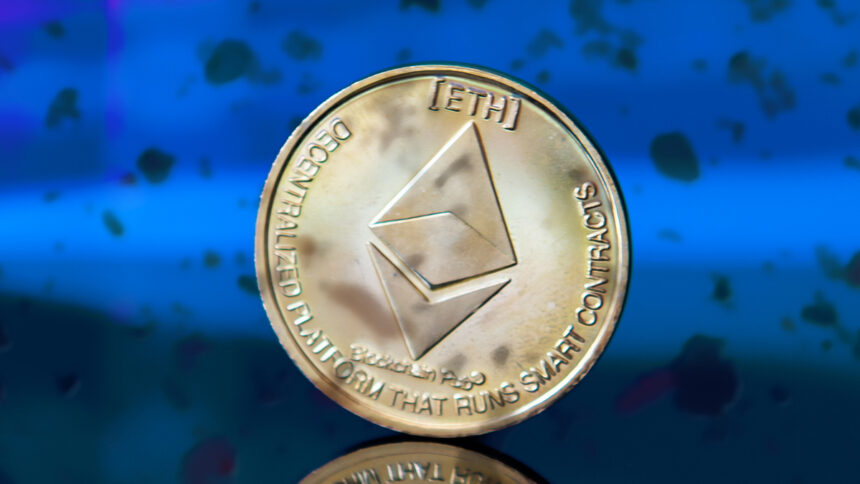The demand for transactions on Ethereum  $0.000091 Layer 2 (L2) networks has surged, reflected by various on-chain metrics. In the past three days, the average number of blobs sent to Ethereum has reached 21,497, surpassing the previous record set in March. This increase has been made possible by the Dencun update, which reduces costs for L2 transactions.
$0.000091 Layer 2 (L2) networks has surged, reflected by various on-chain metrics. In the past three days, the average number of blobs sent to Ethereum has reached 21,497, surpassing the previous record set in March. This increase has been made possible by the Dencun update, which reduces costs for L2 transactions.
Increase in Blob Usage
Since the Dencun update, the number of blobs added to each Ethereum block has been consistently rising. Currently, there is an average of three blobs per block, which aligns with the targets set by Ethereum developers. Teddy Knox, product manager at Eigen Labs, stated, “Ethereum blocks are consistently filled with three or more blobs, indicating a rise in demand for rollup transactions.”
The burning of blob fees positively affects tokenomics by reducing the supply of ETH. In the last 30 days, 26.88 ETH has been burned from blob fees, with this amount rising to 21.17 ETH in the last week. Paul Vaden from Lyra Foundation noted, “There are two different perspectives regarding the rise in blob fees and costs.”
L2s Demonstrate Non-Parasitic Nature for Ethereum
According to Paul Vaden, “This situation clearly shows that L2s are not parasitic; they pay rent to send their data to Ethereum.” Cash flows towards Ethereum from L2 networks like Arbitrum, OP Mainnet, and Base show a positive trend. While cash flow at Ethereum’s base layer remains negative, L2 networks contributed a net inflow of $6.1 billion, highlighting significant growth and user demand within the Ethereum ecosystem.
Teddy Knox from Eigen Labs emphasized, “The only way to include the next billion users is to provide adequate space for them. If the transaction cost is between $5 and $50, widespread adoption of crypto will not be possible.” Over the past week, the price of ETH has remained stable, with a 2.5% increase in the last 30 days, reaching $2,510.

 Türkçe
Türkçe Español
Español








